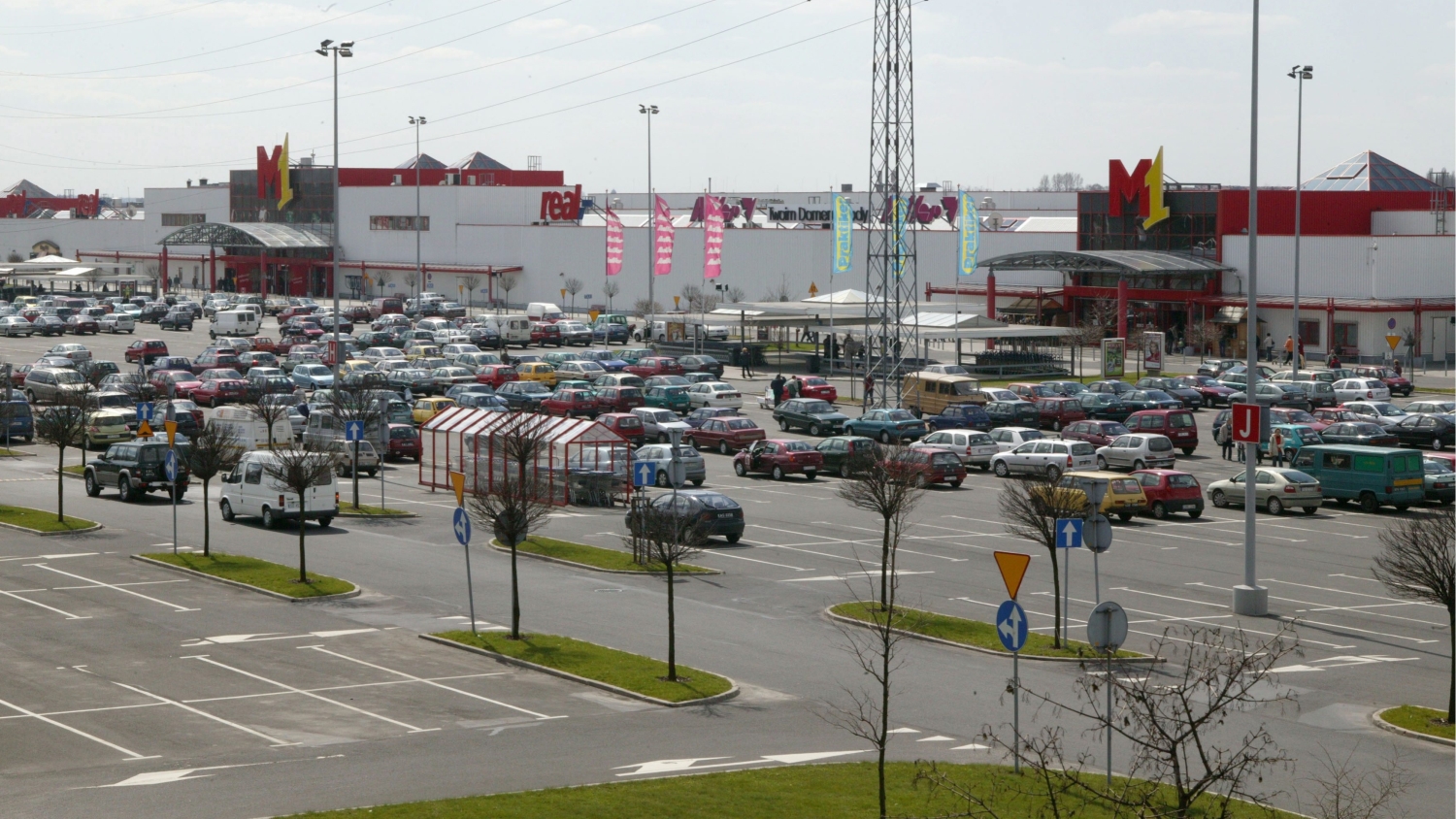
14 outlet centres operating in Poland eye the increasing competition which will force numerous of them to undergo qualitative changes, enhance their offer and improve operational performance. Along with increasing wealth of Polish consumers, the premium offer will grow in outlet centres, according to new report “Bargain hunting. Potential of outlet centres in Poland” released by Colliers International and IQS.
“Nowadays, most of Polish shoppers are conscious of how the modern trade operates and what they can expect. Polish customers perfectly know, how to assess the available offer, what they want and need and expressed it simply during the research on outlet centres”, says Agnieszka Kowalewska, Shopping Center Research Manager, IQS.
Key trends
Customers in smaller towns visit outlet centres much more frequently (half of them do so at least once a month) than dwellers of larger agglomerations and use the outlet offer more intensely.
The shops which are more frequently visited in outlet centres are the ones with fashion and shoes – almost 90%. Sport equipment comes next in the popularity ranking.
Only 5% Polish customers declare shopping in outlet centres abroad. The typical Polish customer visiting outlet centres abroad is a man aged 30-50, originating from a medium-sized city, with education at the level of at least secondary school.
The respondents visit Polish outlet centres on average 3-4 times a year and spend there over €60 during a single visit. They prefer doing shopping on weekends.
Outlet centres have a slightly more “male” profile than regular shopping centres, where women account for as much as 75% of all customers. The share of men in outlet centres is on average about 45%. Outlet centre customers have tertiary or secondary education. There are almost two cars (1.67) in the households of people who visit outlet centres regularly versus 0.74 cars in the households of those who do not visit outlet centres.
“Outlet centres are very popular among “smart shoppers”, not only in Warsaw but also in regional cities. Customers in smaller towns, like Lublin or Białystok, visit outlet centres much more frequently than dwellers of larger agglomerations and use the outlet offer more intensely. Inhabitants of smaller towns are more spontaneous in their shopping and much more frequently buy something they had not planned to buy. Following the trend, developers plan new outlet centres in Rzeszów, Bydgoszcz or Toruń”, comments Katarzyna Michnikowska, Associate Director, Research and Consultancy Services, Colliers International.
Tenants in outlet centres
Outlet centres in Poland have over 380 tenants operating about 1,150 shops, service and gastronomic points. As many as 60 tenants (about 100 facilities) such as pharmacies, drugstores, newsstands, cafés, restaurants, service points and playgrounds for children conduct operations complementary to the outlet function of the centres.
International retail chains also open their points of sale in outlet centres on a trial basis to sound out the market – this is how Pepe Jeans, Desiqual and Mountain Warehouse came to Poland.
In Polish outlet centres there are no brands from the premium sector and only between ten and twenty top shelf brands in pricing terms. Some of the outlet centres dedicate separate alleys to such offer. That is the case in Fashion House Piaseczno, where the neighbouring Tommy Hilfiger, Liu Jo, Hugo Boss, Michael Kors and Armani Outlet shops constitute the beginnings of an “oasis of luxury”.
Lessons to learn from abroad?
Polish outlet centres hardly ever provide unforgettable consumer experience. Fashion shows, night shopping, shopping assistants and stylists are not a common offer of Polish outlet centres.
In addition, due to the limited assortment in Polish outlet centres and the lack of luxury brands, the shopping tourism, being an important source of customers in Western Europe, does not exist. Consequently, the additional services for shoppers from abroad such as baggage storage, tourist guides of local attractions, discounts in nearby hotels and restaurants do not exist either.



